Table of Contents[Hide][Show]
- Nutrivore Score for Chicken Liver – 2502
- Chicken Liver Nutrition Facts
- Chicken Liver Nutrition Varies With Cooking
- Liver Nutrition Varies With Type
Health Benefits of Chicken Liver Nutrients+−
- Chicken Liver Provides 775% DV Vitamin B7 (Biotin)
- Chicken Liver Provides 691% DV Vitamin B12 (Cobalamin)
- Chicken Liver Provides 366% DV Vitamin A
- Chicken Liver Provides 13.2 mg of CoQ10
- Chicken Liver Provides 147% DV Vitamin B9 (Folate)
- Chicken Liver Provides 137% DV Vitamin B2 (Riboflavin)
- Chicken Liver Provides 125% DV Vitamin B5 (Pantothenic Acid)
- Chicken Liver Provides 99% DV Selenium
- Chicken Liver Provides 61% DV Vitamin B3 (Niacin)
- Chicken Liver Provides 55% DV Copper
- Chicken Liver Provides 50% DV Vitamin B6 (Pyridoxine)
- Chicken Liver Provides 50% DV Iron
- Chicken Liver Provides 1.1 mg of Ergothioneine
- Chicken Liver Provides 169.6 mg of Taurine
- Chicken Liver Provides 35% DV Choline
- Chicken Liver Provides 16.9 g of Protein
- Chicken Liver Provides 25% DV Vitamin B1 (Thiamin)
- Chicken Liver Provides 24% DV Zinc
- Chicken Liver Provides 24% DV Phosphorus
- Chicken Liver Provides 20% DV Vitamin C
- How Much Chicken Liver Should We Eat Per Day?
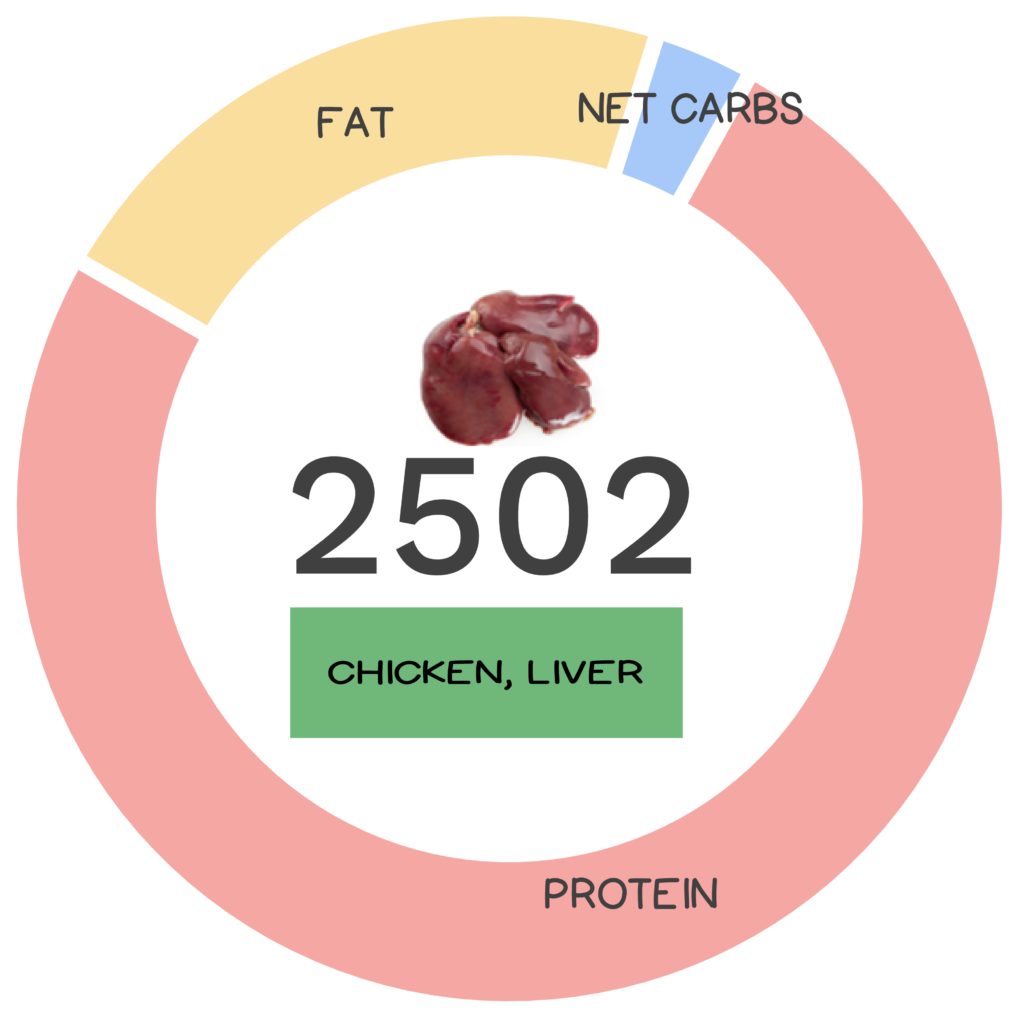
When it comes to organ meat, liver reigns supreme! Arguably the king of offal, liver is one of the top nutrient dense foods on the planet! Fortunately, it’s also one of the easiest of all organ meats to find. It is prized by cultures around the globe, famously prepared in a multitude of delectable ways – foie gras, pâté, liverwurst and more! If you’re not a lover of liver (yet), you’ve come to the right place. Let’s change that “ick” factor into a “wow” factor!
Offal is another term for organ meats (also known as variety meats because there is a variety of different kinds!). The word itself derives from ‘off’ and ‘fall’, literally referring to the parts of the animal that fall off during butchering. Organ meats are nutritional powerhouses. In fact, offal is one of the most concentrated sources of just about every nutrient out there, including important vitamins, minerals, healthy fats, and essential amino acids. (Let’s just say it’s “offally” good for you!). Although organ meat may not be familiar to many of us today, organ meats have been part of the human diet since prehistory. Traditional cultures revered organ meats – they were treated like gold and reserved for the highest echelons of society (exactly who depended on the culture, sometimes it was saved for hunters, other times for pregnant women, sometimes the head of the family or tribe and other times for elders). Hunters and gatherers discard muscle meat in times of plenty and even animals value these meats above all else – in nature predators will often eat the liver of their prey first after a kill. Not only is snout-to-tail consumption good for our health, it’s important for environmental sustainability and the ethical treatment of animals. It means consuming every part of the animal and translates to eating a ratio of organ meat to muscle that’s similar to the animal’s own ratio (that means roughly one-fifth to one-quarter of the meat we eat with no upper limit). These foods include blood, bone broth, brain, giblets, heart, kidney, lips, tail, tongue, tripe, and the famous liver to name a few.
Contrary to popular belief, liver is not full of toxins. Liver is actually the major organ responsible for detoxification. Its’ job is to filter toxins out of our blood, process them, and package them for removal. That means the best food to support our own liver is liver since it contains all the raw materials necessary for detoxification! Amongst organ meats, foods containing liver are some of the most well-known. Cultures around the world seem to have their own traditional way of preparing this superfood. Liver can be eaten baked, boiled, broiled, fried, or raw (yes – you read that correctly, in Japan liver sashimi is a thing), included in stews, casseroles and so much more! There are the French pâtés (a paste containing liver and often ground meat and wine or brandy), chopped liver, liverwurst (a European sausage), skilpadjies (a traditional South African food made of lamb liver wrapped in fatty kidney membrane), cod liver spread (cod liver tinned in its own oil and seasoned, often used on toast), and more! Likewise, some form of classic liver and onions is popular in a number of areas, including the UK and Germany (where it’s often eaten along with a potato dish), France (where it’s often fried with bacon and butter), Latin America (where it’s often eaten with rice or tortillas, or in Brazil, potatoes and other root vegetables), the US (especially in regions with a strong German culture, such as areas of Pennsylvania and the Midwest), and Italy (where it’s made with vinegar or wine).
There are many types of liver, and depending on the animal and source (grass-fed versus conventional), both the taste and micronutrient content will vary, though in general liver tends to be very high in vitamin A, iron and B vitamins. Overall, lamb liver is the most nutrient dense, closely followed by goose and beef, with pork and chicken lower in nutrient density but more or less equivalent. However, when it comes to taste, poultry liver, such as that from chicken, has a milder flavor making it easier for some people to enjoy. The same goes for lamb liver, which is also mild, while beef and pork (especially!) are stronger tasting. It’s definitely worth experimenting with liver from different animals and different methods of preparation in order to figure out what you like best (offal doesn’t have to taste awful!). When it comes right down to it, despite our aversion to liver, it packs an irreplaceable nutrient punch, so it’s important to find a way to “de-liver” this food into our diet even if that means hiding it from ourselves or taking encapsulated liver in pill form. We just need to take it one step at a time and not let perfection be the enemy of the good!
Nutrivore Score for Chicken Liver – 2502
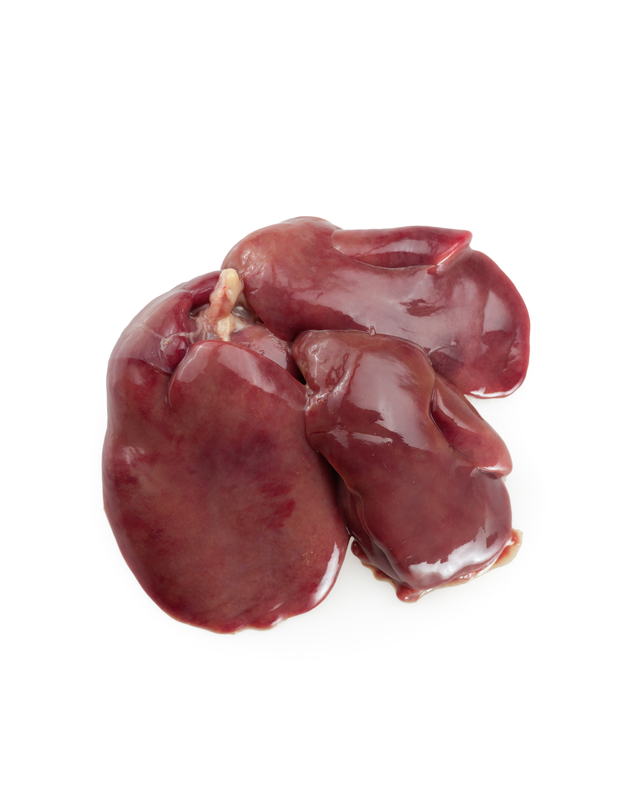
Chicken liver has a Nutrivore Score of 2502, making it a super nutrient-dense food! Plus, it is a low-carb food; chicken liver has only 0.7 grams of net carbs per 100-gram serving!
Per serving, chicken liver is a best source (>50% daily value) of copper, coQ10, iron, selenium, vitamin A, vitamin B2 (riboflavin), vitamin B3 (niacin), vitamin B5 (pantothenic acid), vitamin B6 (pyridoxine), vitamin B7 (biotin), vitamin B9 (folate), and vitamin B12 (cobalamin); is an excellent source (20-50% daily value) of choline, ergothioneine, phosphorus, protein, taurine, vitamin B1 (thiamin), vitamin C, and zinc; and is a good source (10-20% daily value) of manganese.
Chicken Liver Nutrition Facts
One serving of chicken liver is standardized to 100 grams (3.5 ounces). When you cook chicken liver, it reduces in volume by approximately 30%: 100 grams of raw chicken liver is roughly equivalent to 69 grams of pan-fried chicken liver.
Chicken Liver Nutrition Facts Per Serving
| Chicken liver, raw | Nutrivore Score: 2502 | Nutrient Density: Super! |
|---|---|---|
| Serving Size: 3.5 ounces (100 grams) | Protein: 16.9 grams | Net Carbohydrates: 0.7 grams |
| Calories: 119 | Total Fat: 4.8 grams | Dietary Fiber: 0.0 grams |

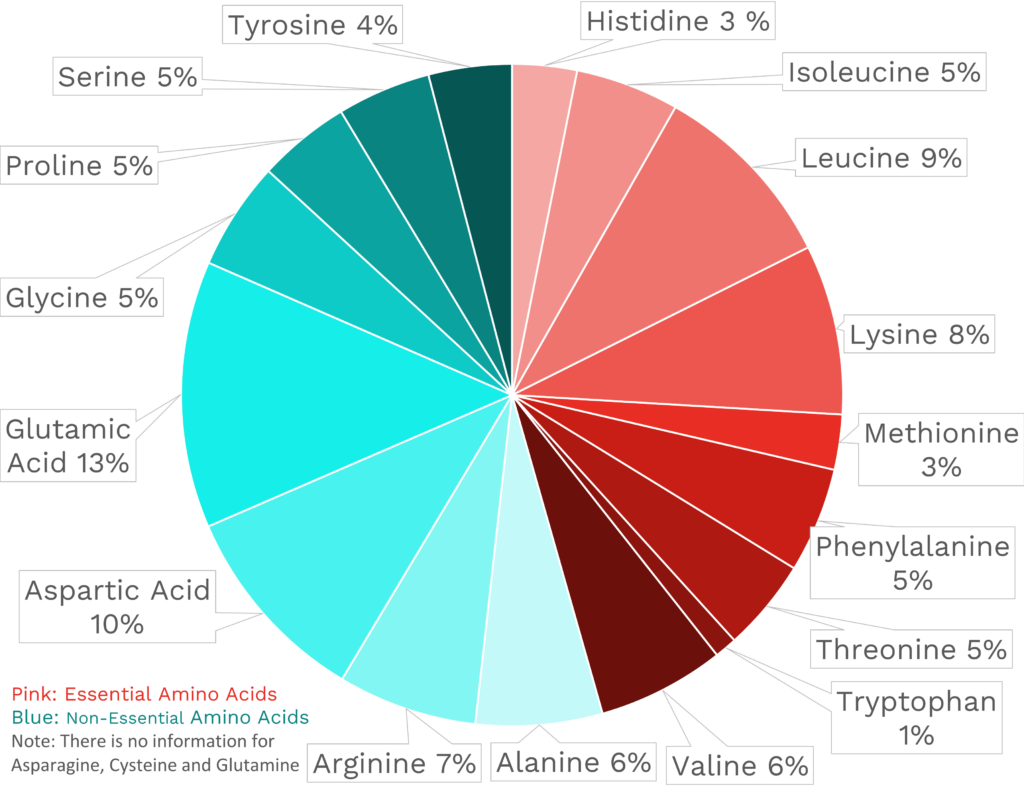
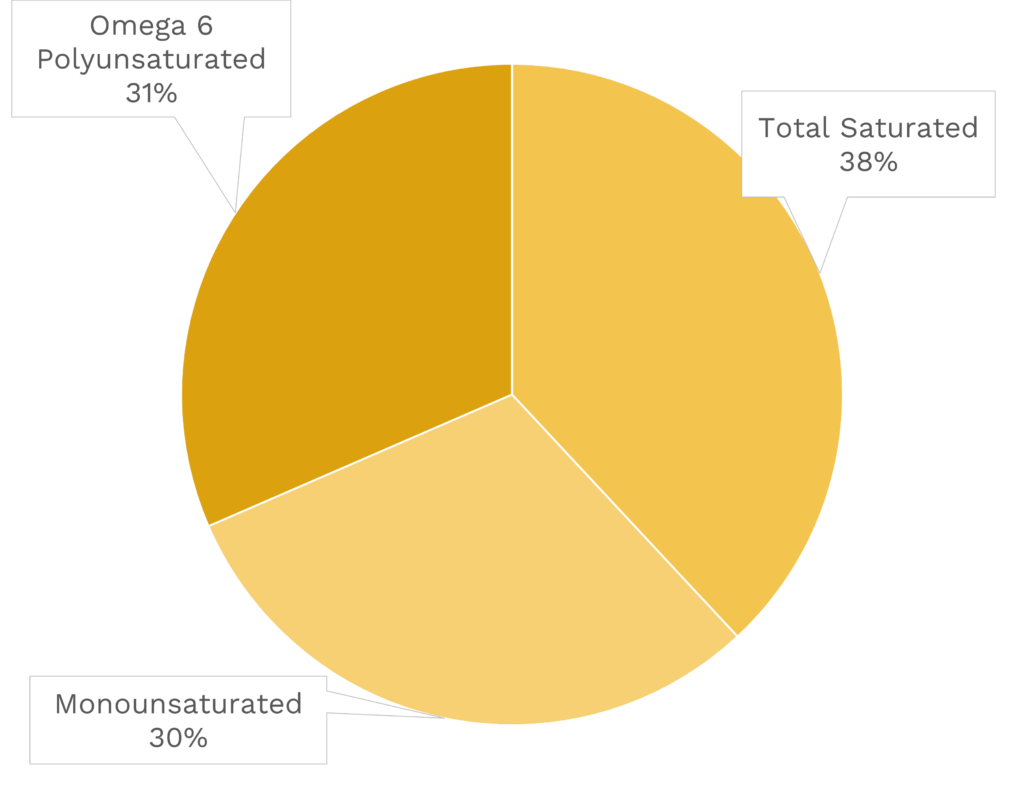
| VITAMINS | ||
|---|---|---|
| Vitamin A | 3296.0 μg RAE | 366% DV |
| Vitamin B1 (Thiamin) | 305.0 μg | 25% DV |
| Vitamin B2 (Riboflavin) | 1778.0 μg | 137% DV |
| Vitamin B3 (Niacin) | 9.7 mg | 61% DV |
| Vitamin B5 (Pantothenic Acid) | 6.2 mg | 125% DV |
| Vitamin B6 (Pyridoxine) | 853.0 μg | 50% DV |
| Vitamin B7 (Biotin) | 232.4 μg | 775% DV |
| Vitamin B9 (Folate) | 588.0 μg | 147% DV |
| Vitamin B12 (Cobalamin) | 16.6 μg | 691% DV |
| Vitamin C | 17.9 mg | 20% DV |
| Vitamin D (D2 + D3) | 0.0 μg | 0% DV |
| Vitamin E | 1.0 mg | 7% DV |
| Vitamin K | 0.0 μg | 0% DV |
| Choline | 194.4 mg | 35% DV |
| Myo-Inositol | 131.0 mg | ~ |
| CoQ10 | 13.2 mg | ~ |
| FUNCTIONAL FATS | ||
|---|---|---|
| MUFA | 1.2 g | 6% DV |
| ALA | 12.0 mg | 1% DV |
| EPA + DHA | 0.0 mg | 0% DV |
| CLA | 4.3 mg | ~ |
| Linoleic Acid | 0.5 g | 3% DV |
| MCT’s | 0.0 g | ~ |
| MINERALS | ||
|---|---|---|
| Calcium | 8.0 mg | 1% DV |
| Copper | 492.0 μg | 55% DV |
| Iodine | ~ | ~ |
| Iron | 9.0 mg | 50% DV |
| Magnesium | 19.0 mg | 5% DV |
| Manganese | 255.0 μg | 11% DV |
| Phosphorus | 297.0 mg | 24% DV |
| Potassium | 230.0 mg | 5% DV |
| Selenium | 54.6 μg | 99% DV |
| Sodium | 71.0 mg | 3% DV |
| Zinc | 2.7 mg | 24% DV |
| PHYTONUTRIENTS | ||
|---|---|---|
| Carotenoids | 118.0 μg | ~ |
| Polyphenols | 0.0 mg | ~ |
| Phytosterols | 0.0 mg | ~ |
| Glucosinolates | ~ | ~ |
| Thiosulfinates | ~ | ~ |
| Betalains | ~ | ~ |
| AMINO ACIDS & PEPTIDES | ||
|---|---|---|
| Taurine | 169.6 mg | ~ |
| Ergothioneine | 1.1 mg | ~ |
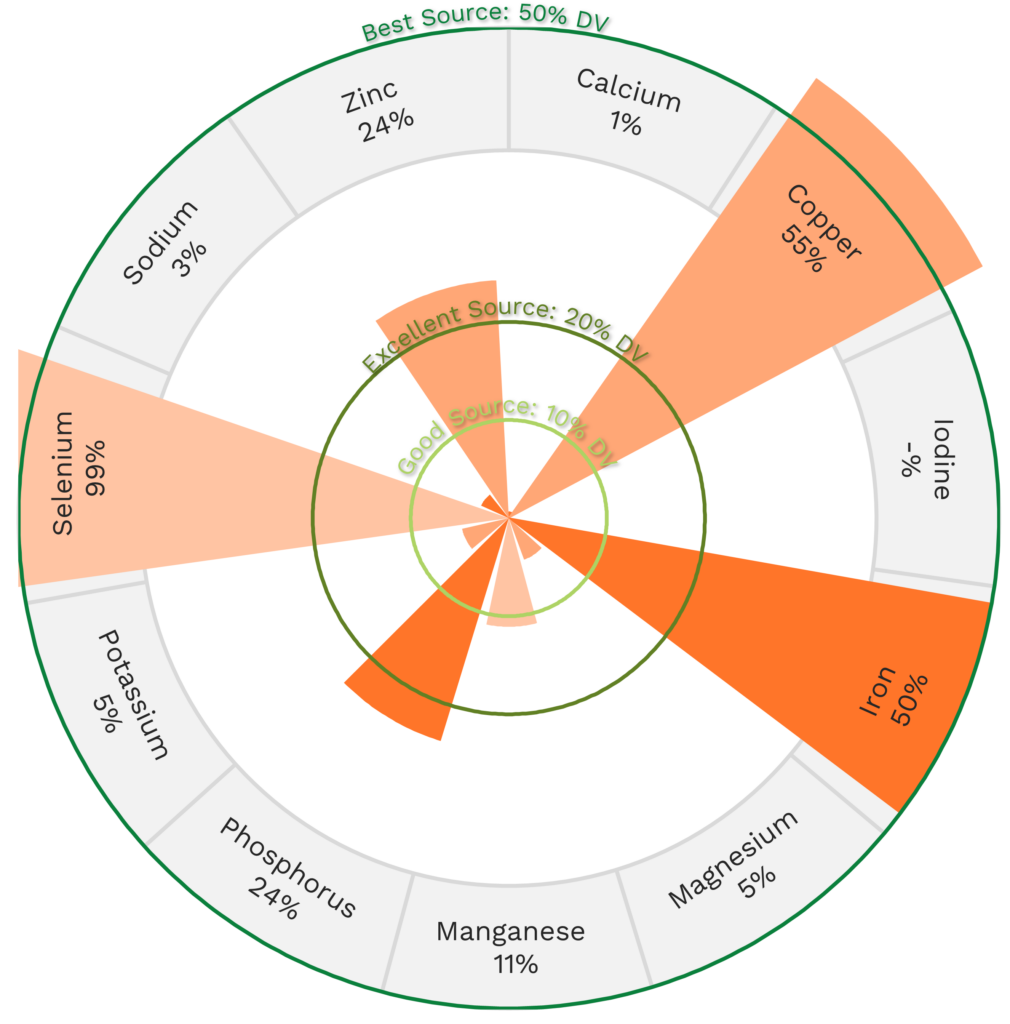
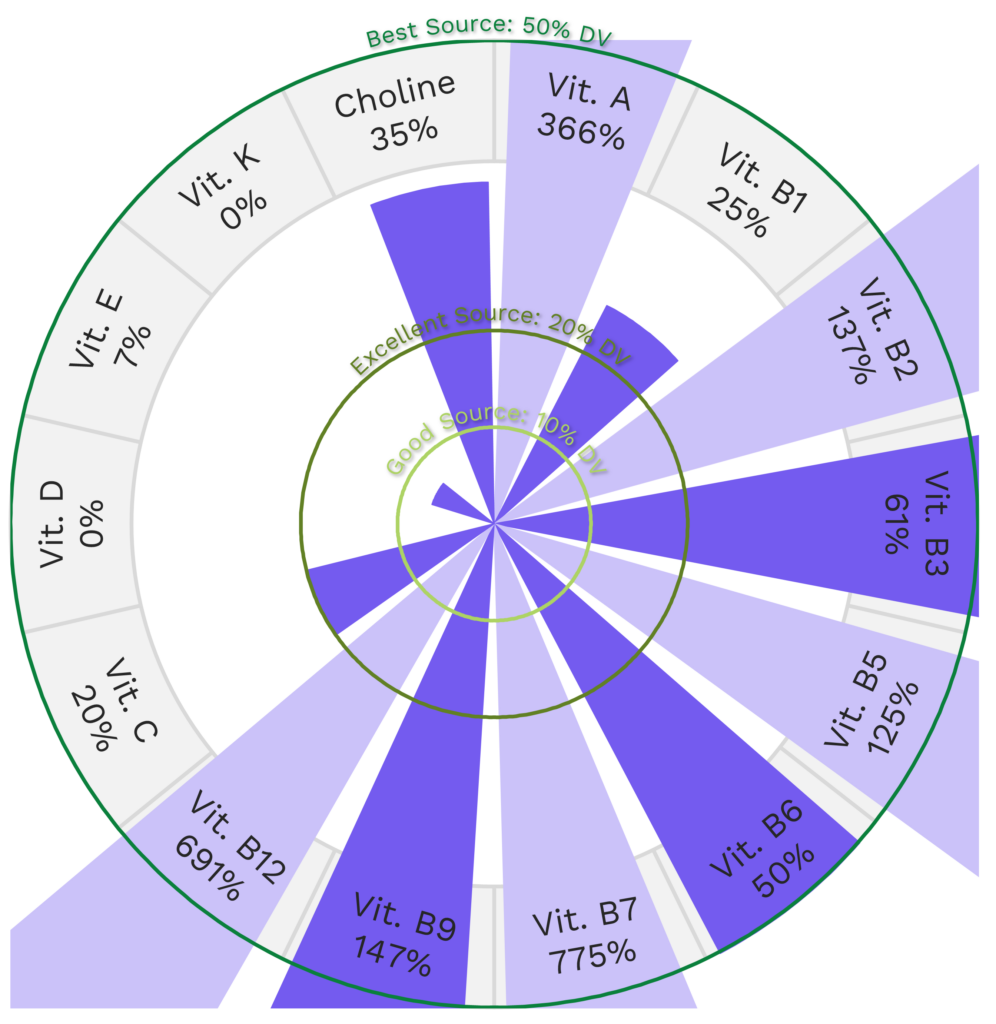
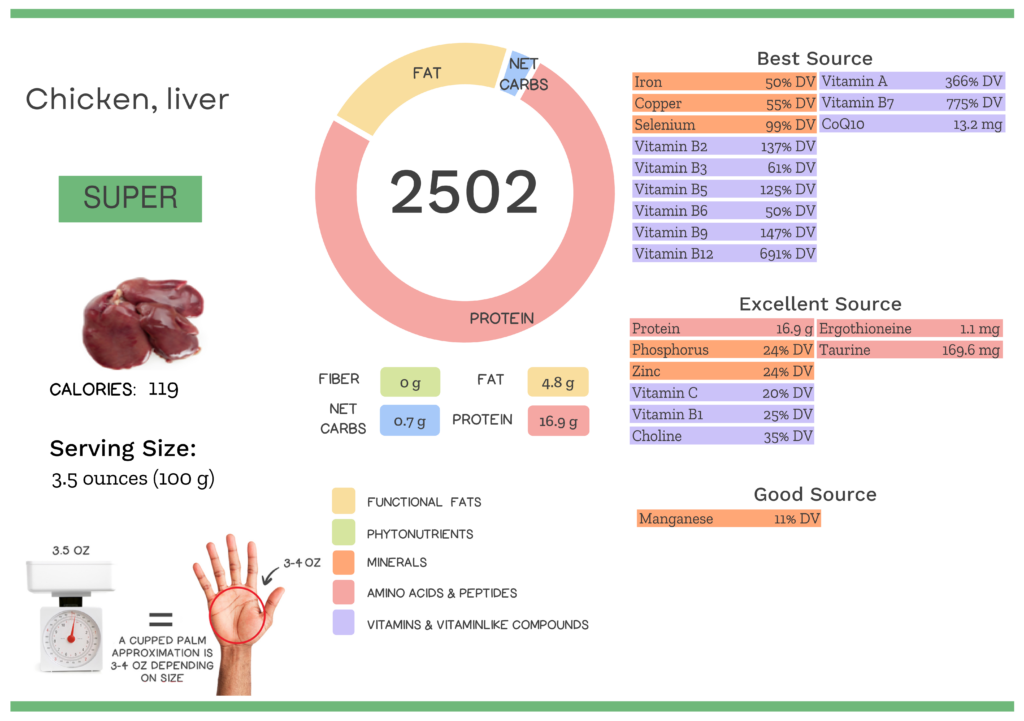
The THREE Easiest WayS to Eat Organ Meat
Freeze-dried grass-fed beef liver capsules
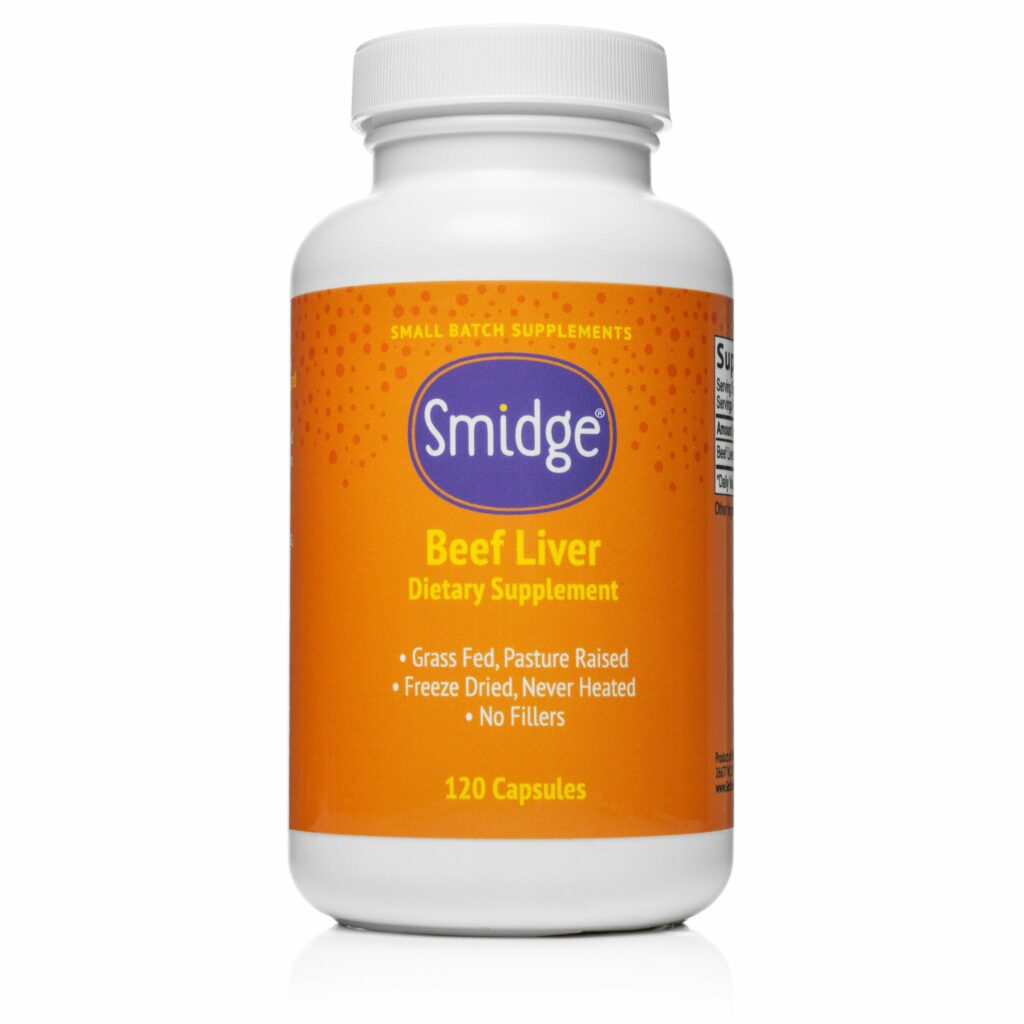
Freeze-dried, grass-fed beef heart, liver and kidney capsules
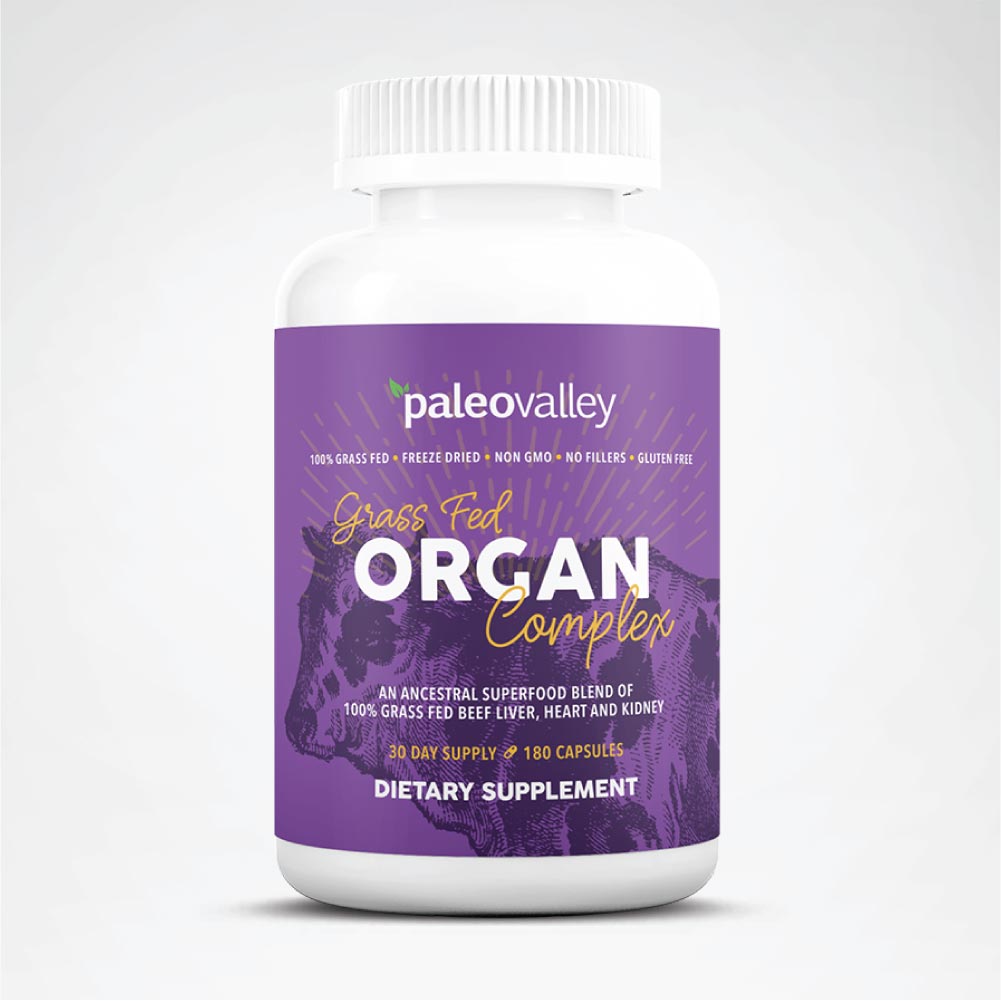
Delicious spice blends that sneak in grass-fed beef organ meat

Chicken Liver Nutrition Varies With Cooking
The Nutrivore Score of chicken liver is impacted by the method of preparation.
| NUTRIVORE SCORE | |
|---|---|
| Chicken liver, cooked, pan-fried | 2304 |
| Chicken liver, cooked, simmered | 2173 |
| Chicken liver, raw | 2502 |
Liver Nutrition Varies With Type
The Nutrivore Score of liver also varies greatly depending on type (as does the taste)!
| NUTRIVORE SCORE | |
|---|---|
| Beef liver, raw | 4021 |
| Chicken liver, raw | 2502 |
| Duck liver, raw | 45291 |
| Goose liver, raw | 45291 |
| Lamb liver, raw | 49251 |
| Pork liver, raw | 2483 |
| Turkey liver, raw | 2988 |
| Veal liver, raw | 4481 |
Impressed how “offally” good liver is for you? Maybe your friends will be too!
Health Benefits of Chicken Liver Nutrients
Let’s take a closer look at all of the best and excellent source of nutrients found in a 3.5-ounce serving of chicken liver and see how they benefit our health.
Chicken Liver Provides 775% DV Vitamin B7 (Biotin)
Chicken liver is a best source of vitamin B7 (biotin), providing an impressive 775% of the daily value per 3.5 ounce serving!
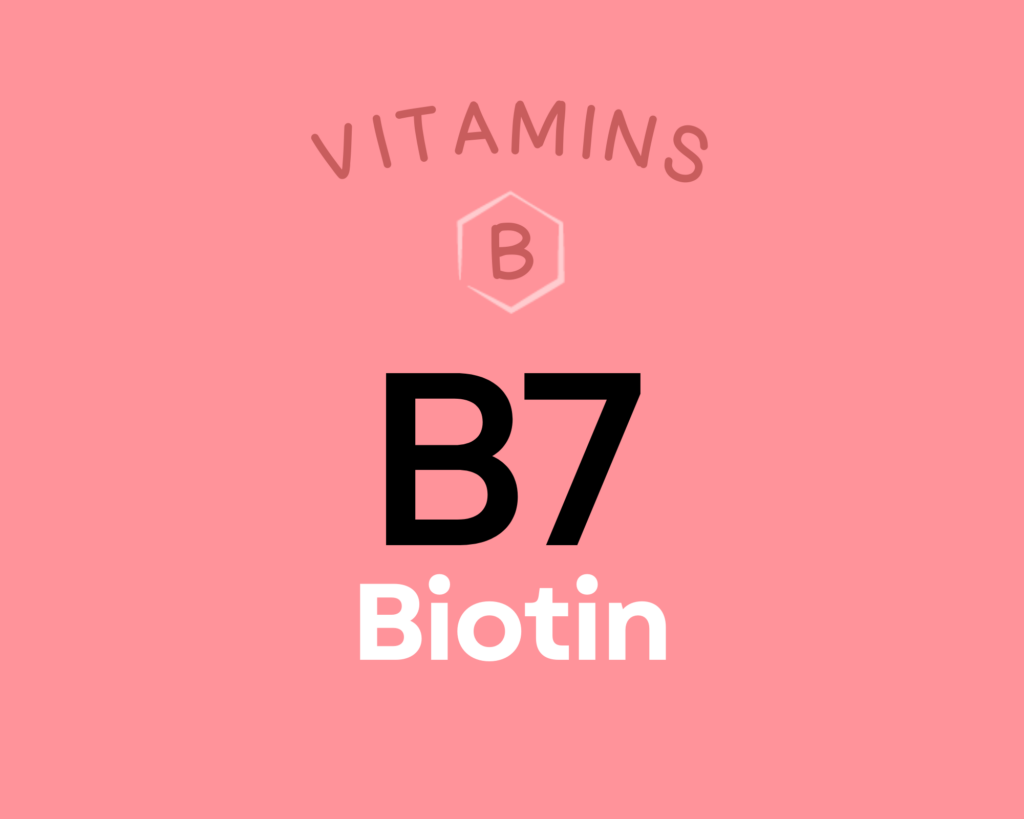
Biotin is a water-soluble B vitamin, also known as vitamin B7. Like other B vitamins, it plays an important role in energy metabolism (serving as a coenzyme for five carboxylase enzymes), neurotransmitter production, cellular function, and the function of various organs. Getting enough biotin can help support healthy nail and hair growth. It’s also particularly important during pregnancy, with low intakes increasing the risk of premature delivery and birth defects. There’s even some evidence biotin can benefit diabetics and reduce functional disabilities in people with multiple sclerosis. Learn more about biotin here.
Chicken Liver Provides 691% DV Vitamin B12 (Cobalamin)
Chicken liver is an extraordinary source of vitamin B12 (cobalamin), providing 691% of the daily value per 3.5 ounce serving!
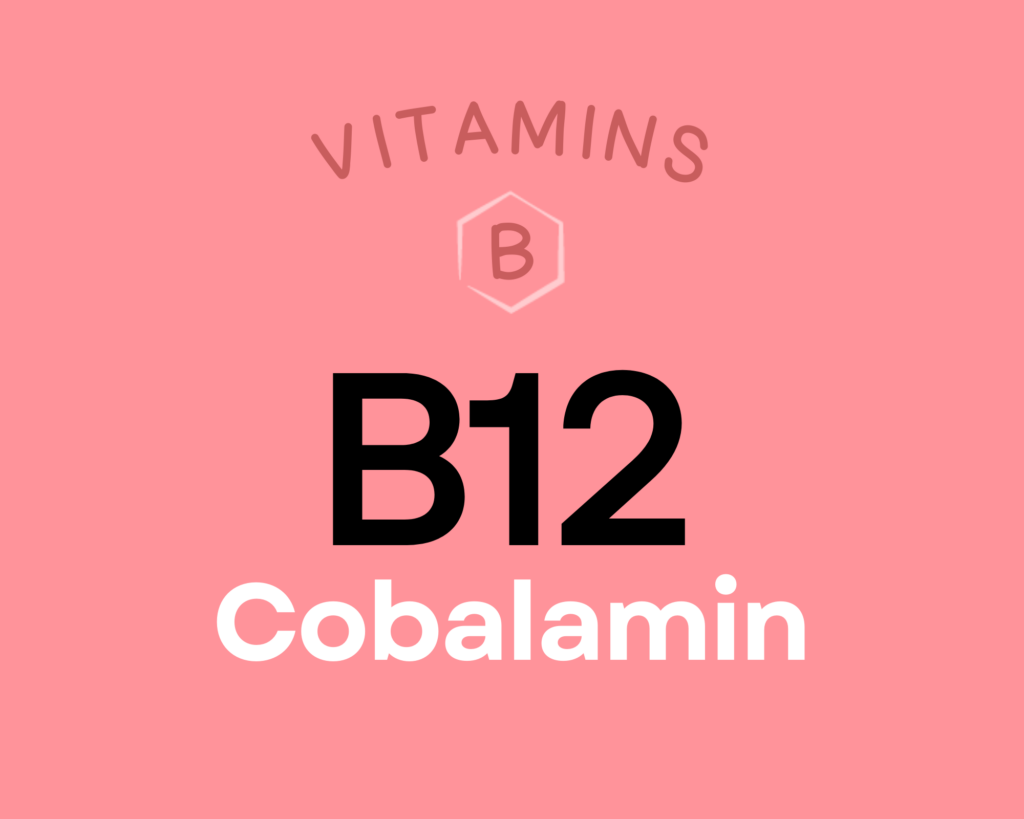
Vitamin B12 (cobalamin) is a water-soluble vitamin that serves as a cofactor for enzymes involved in energy metabolism, red blood cell production, DNA synthesis, neurotransmitter production, nervous system health, and folate metabolism. As a result of these roles, vitamin B12 is vital for maintaining brain and nervous system health, and may have a protective effect against dementia, Alzheimer’s disease, and depression. There’s also some evidence vitamin B12 may be cancer-protective, possibly through supporting folate metabolism (which then assists in repairing DNA damage). Learn more about vitamin B12 here.
Chicken Liver Provides 366% DV Vitamin A
Chicken liver is also a best source of vitamin A, providing 366% of the daily value per 3.5 ounce serving!

Vitamin A is actually a group of fat-soluble retinoids with vitamin A activity in the body. This nutrient is essential for a number of physiological functions—particularly vision, reproduction, thyroid health, immunity, and cellular communication. Getting enough vitamin A helps protect against some vision disorders (like night blindness and macular degeneration), supports a healthy menstrual cycle and sperm production, reduces infection risk, and allows for proper growth and development from the fetal years through childhood. Learn more about vitamin A here.
Chicken Liver Provides 13.2 mg of CoQ10
In addition, chicken liver supplies a significant amount of coQ10, providing 13.2 mg of coQ10 per 3.5 ounce serving!
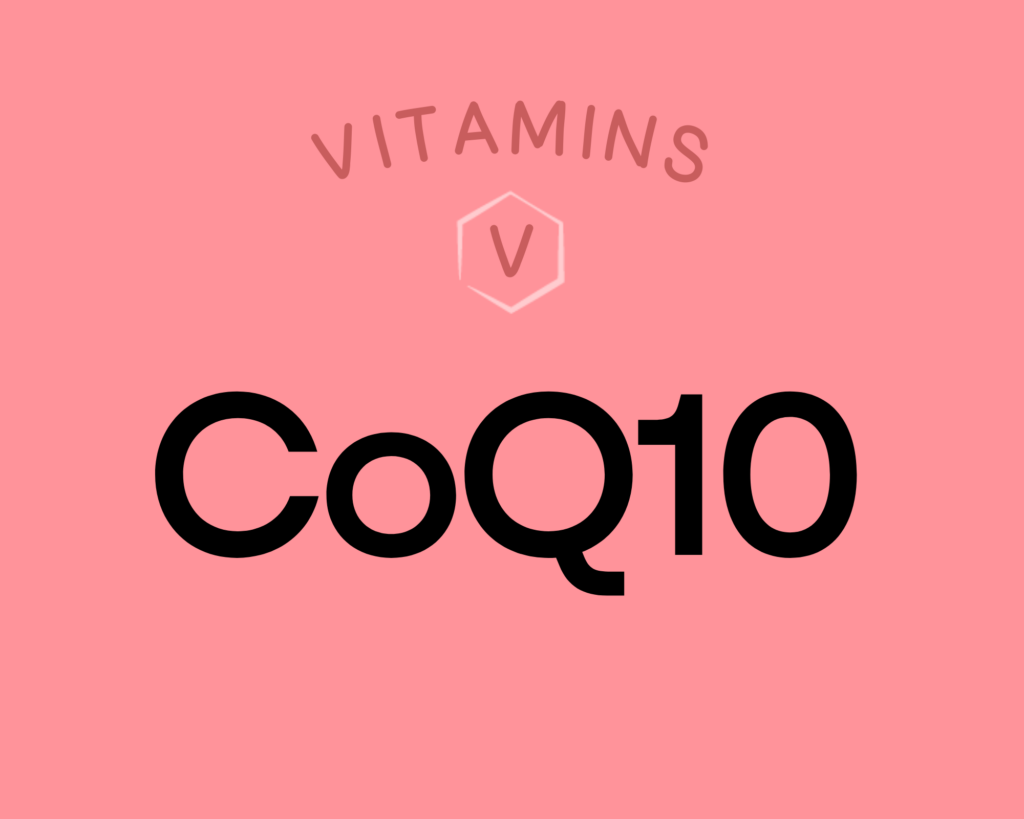
Ubiquinone is the oxidized form and ubiquinol is the reduced, more bioavailable form of the vitaminlike compound coenzyme Q10 (coQ10). CoQ10 is a potent antioxidant and a cofactor in the electron transport chain for the production of ATP. It may be helpful in treating or preventing heart and blood vessel conditions, diabetes, gum disease, muscular dystrophy, chronic fatigue syndrome, and breast cancer. Sources include beef, pork, mackerel, yellowtail fish, and chicken; it’s also found in smaller amounts in vegetables like broccoli and herbs like parsley. Learn more about coQ10 here.
Chicken Liver Provides 147% DV Vitamin B9 (Folate)
This offal is also a best source of vitamin B9 (folate), providing 147% of the daily value per 3.5 ounce serving!

Vitamin B9 (folate) is an essential B vitamin that plays roles in blood cell production, the formation of genetic material (including DNA), and cell growth and function. It’s particularly important during pregnancy, when folate demands increase due to the rapid creation of new cells and DNA. Along with helping protect against fetal development problems, folate can support cardiovascular health, potentially protect against certain cancers, and reduce the risk of cognitive and neurological disorders later in life. Learn more about vitamin B9 here.
Chicken Liver Provides 137% DV Vitamin B2 (Riboflavin)
Chicken liver is high in vitamin B2 (riboflavin), providing 137% of the daily value per 3.5 ounce serving!
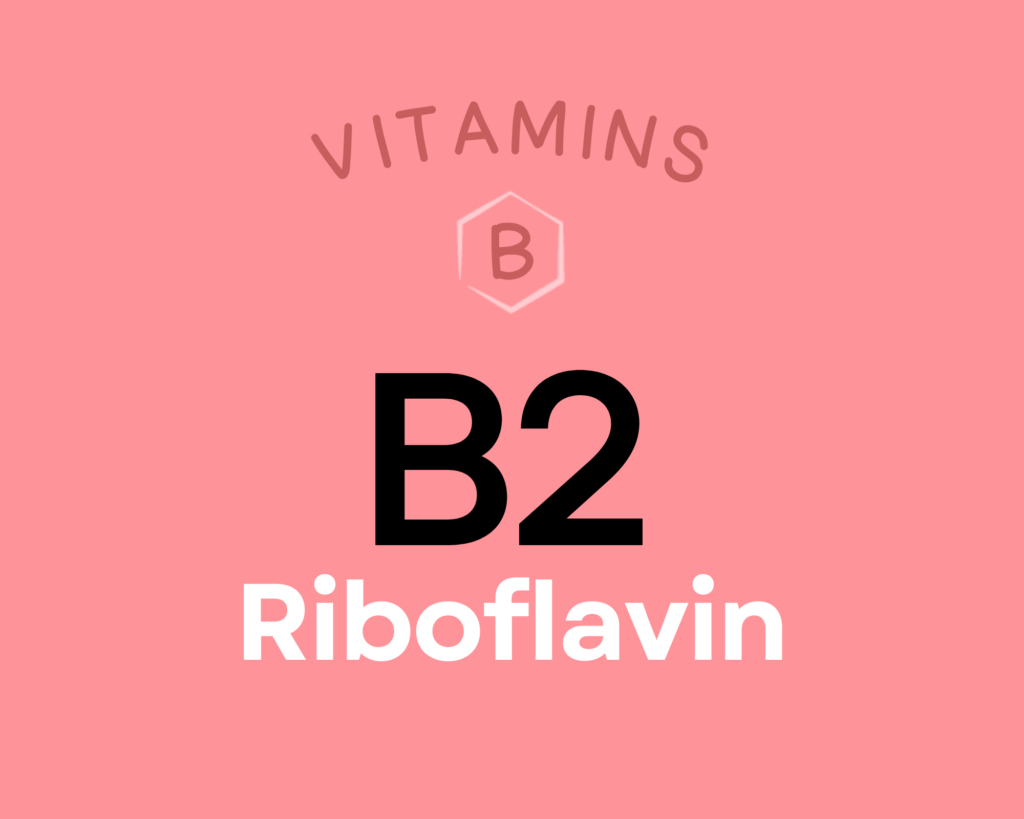
Riboflavin (or vitamin B2) is a vitamin that helps form two important coenzymes involved in oxidation-reduction reactions: flavin mononucleotide (FMN), and flavin adenine dinucleotide (FAD). Collectively, these coenzymes are involved in antibody production, energy production, growth and development, skin and hair health, and the metabolism of several other nutrients (vitamin B6, niacin, folate, and iron). Research suggests a role for riboflavin in preventing or treating migraine headaches, cardiovascular disease, cataracts, and preeclampsia during pregnancy. It also possesses some anti-cancer properties due to its involvement in folate metabolism and MTHFR activity. Learn more about vitamin B2 here.
Chicken Liver Provides 125% DV Vitamin B5 (Pantothenic Acid)
Chicken liver is a best source of vitamin B5 (pantothenic acid), providing 125% of the daily value per 3.5 ounce serving!
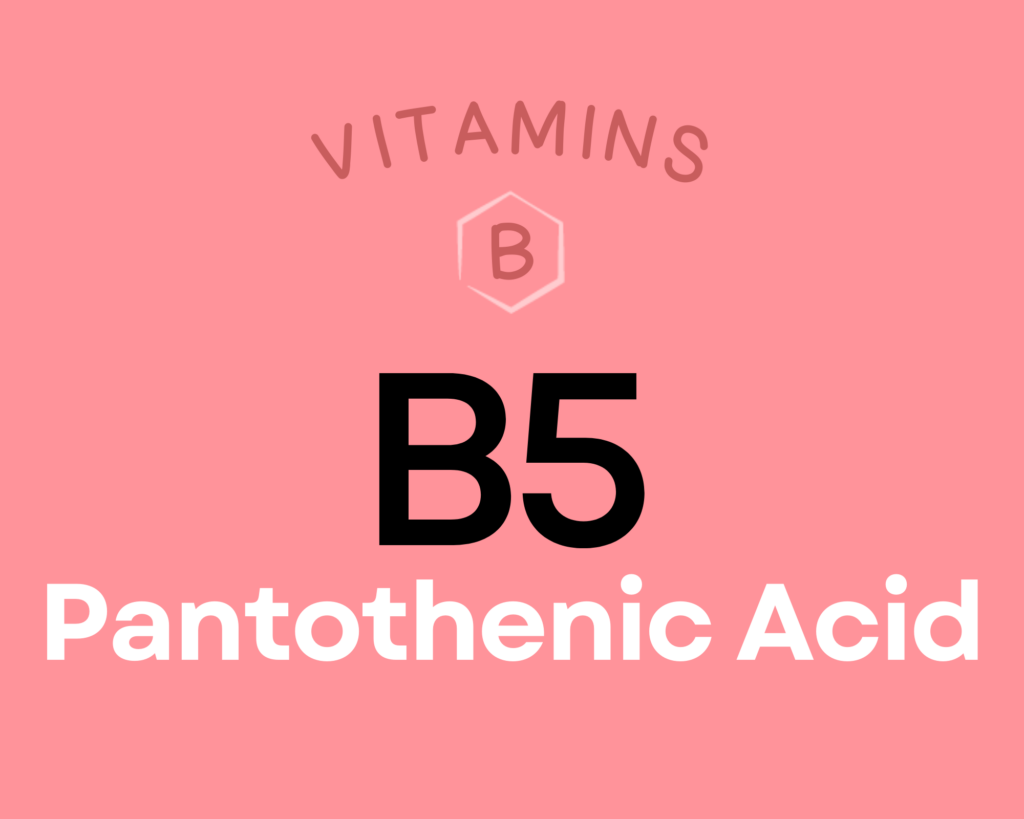
Pantothenic acid (or vitamin B5) is a water-soluble vitamin that serves as a cofactor for coenzyme A—which itself is critical for metabolizing many drugs and toxins, as well as forming derivatives (acetyl-CoA and succinyl-CoA) that participate in the synthesis of cholesterol, fatty acids, melatonin, the neurotransmitter acetylcholine, steroid hormones, heme, and vitamins A and D. Coenzyme A is also needed in the Krebs cycle, giving pantothenic acid a role in energy metabolism. Research suggests that a pantothenic acid derivative (pantethine) can help improve blood lipid profiles and reduce fatty streak formation and lipid deposition in the arteries, giving it a cardio-protective role. Additional research shows that panthothenic acid can accelerate wound healing, boost cellular production of the important antioxidant glutathione, and possibly help improve symptoms of rheumatoid arthritis. Learn more about vitamin B5 here.
Chicken Liver Provides 99% DV Selenium
Chicken liver is also a best source of selenium, providing 99% of the daily value per 3.5 ounce serving!
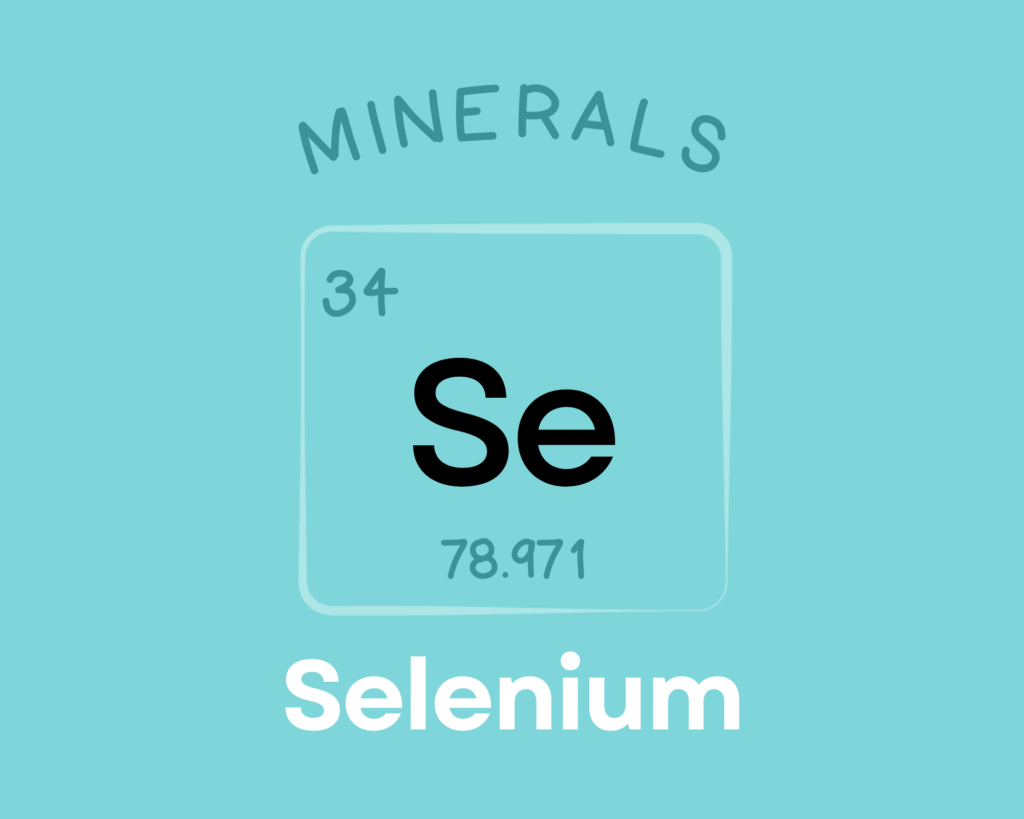
Selenium is a trace mineral needed by all mammals to sustain life. It serves as a component of the non-proteinogenic amino acids selenocysteine and selenomethionine, and also helps form over two dozen selenoproteins involved in reproduction, thyroid hormone metabolism, antioxidant defense, DNA synthesis, and immunity. Observational research suggests selenium could play a protective role against cancer, heart disease, asthma, and inflammatory bowel disease, although human trials have generally been lacking or contradictory. There’s also evidence that selenium can play a preventative role in asthma and inflammatory bowel disease, while also reducing mortality in patients with sepsis. Learn more about selenium here.
Chicken Liver Provides 61% DV Vitamin B3 (Niacin)
Chicken liver is a substantial source of vitamin B3 (niacin), providing 61% of the daily value per 3.5 ounce serving!
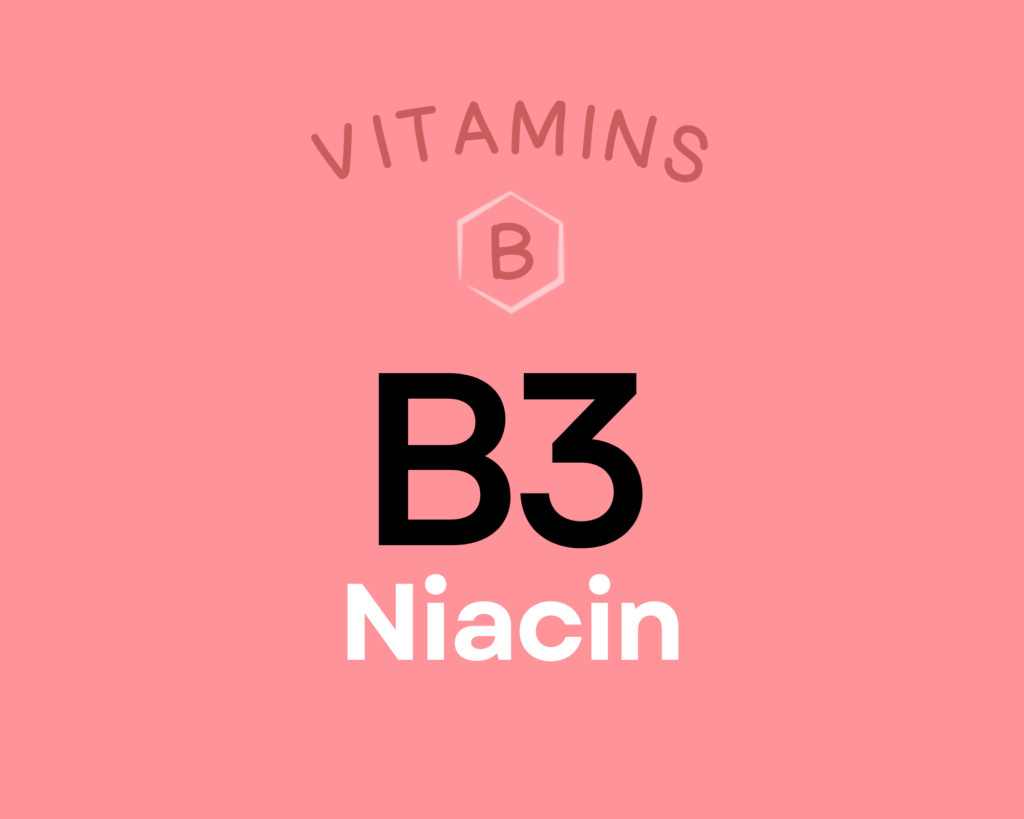
Niacin is a water-soluble B complex vitamin (vitamin B3) that’s needed to produce two very important coenzymes: nicotinamide adenine dinucleotide (NAD) and nicotinamide adenine dinucleotide phosphate (NADP). NAD and NADP are needed for over 400 enzymes involved in DNA repair, fatty acid synthesis, antioxidant systems, detoxification, and hormone synthesis, as well as the breakdown of fat, carbohydrate, protein, and alcohol. Niacin has therapeutic potential for cardiovascular disease and hyperlipidemia, and may also be protective against cancer and type 1 diabetes. Some research suggests it could benefit health outcomes for patients with HIV or schizophrenia as well. Learn more about niacin here.
Chicken Liver Provides 55% DV Copper
Chicken liver is a best source of copper, providing 55% of the daily value per 3.5 ounce serving!
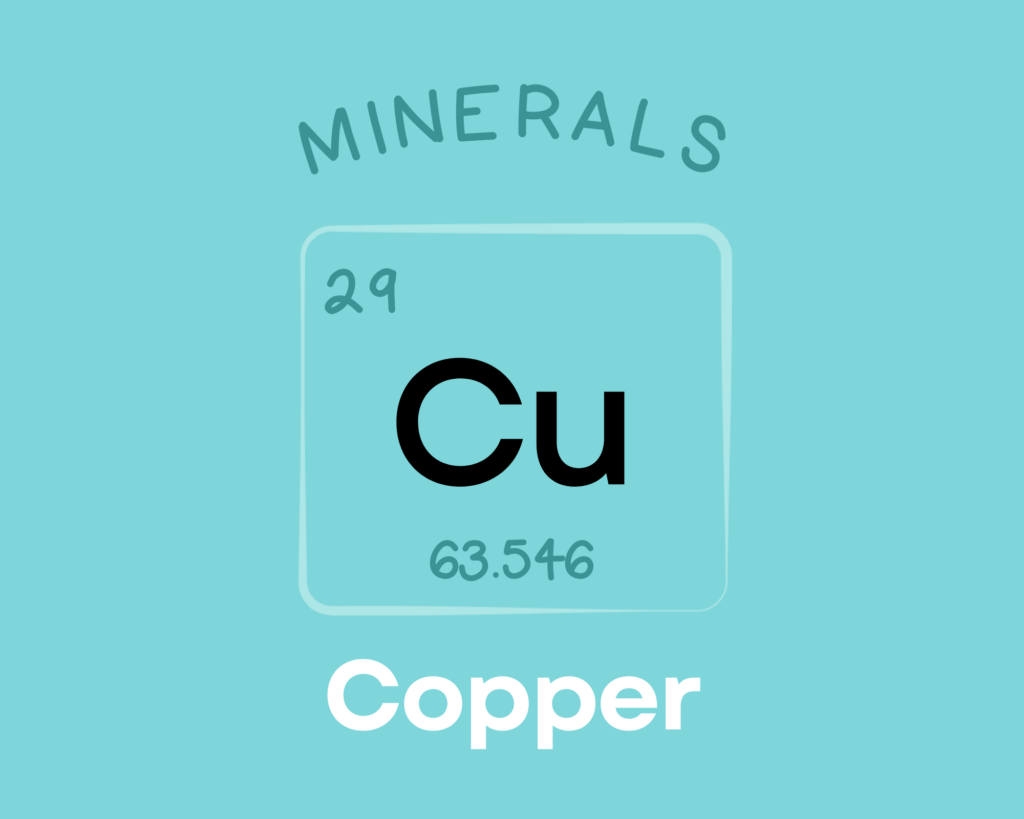
Copper is a trace mineral that’s essential for all living organisms. Copper serves as a component of numerous enzymes and proteins in the body, giving it diverse roles in the growth, development, and maintenance of various organs (including the heart and brain), bone, and connective tissue. Copper is also involved in glucose and cholesterol metabolism, helps regulate gene expression, can scavenge free radicals, and is needed for the production of red blood cells. Learn more about copper here.
Chicken Liver Provides 50% DV Vitamin B6 (Pyridoxine)
Chicken liver is also a best source of vitamin B6 (pyridoxine), providing 50% of the daily value per 3.5 ounce serving!
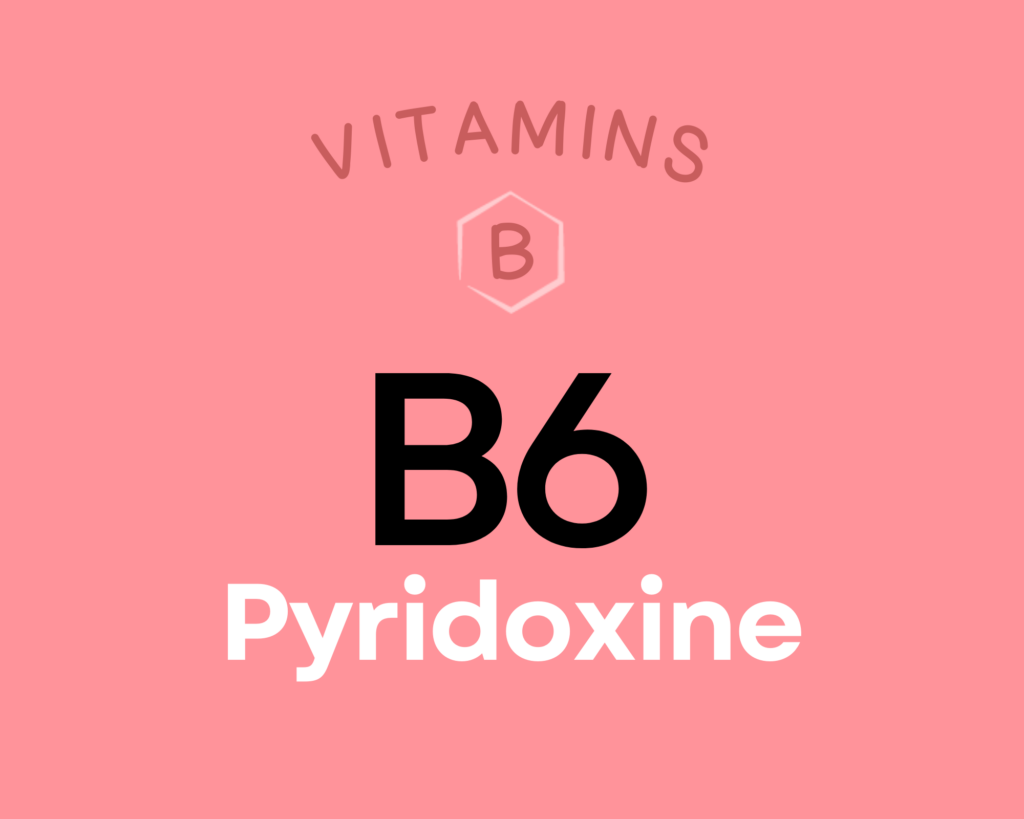
Vitamin B6 (pyridoxine) is a group of six water-soluble compounds with a similar chemical structure, all of which can be converted into their active form of pyridoxal 5’-phospate (PLP). Over 100 different enzymes require vitamin B6 in order to carry out their various functions in protein metabolism, fatty acid metabolism, neurotransmitter production, gluconeogenesis, hemoglobin synthesis, the release of glucose from glycogen, and energy metabolism (particularly the production of ATP in the Krebs cycle). Research suggests vitamin B6 may help protect against cardiovascular disease and certain cancers, could reduce the risk of depression among the elderly, and even reduce symptoms of morning sickness and PMS. Learn more about vitamin B6 here.
Chicken Liver Provides 50% DV Iron
Chicken liver is a best source of iron, providing 50% of the daily value per 3.5 ounce serving!
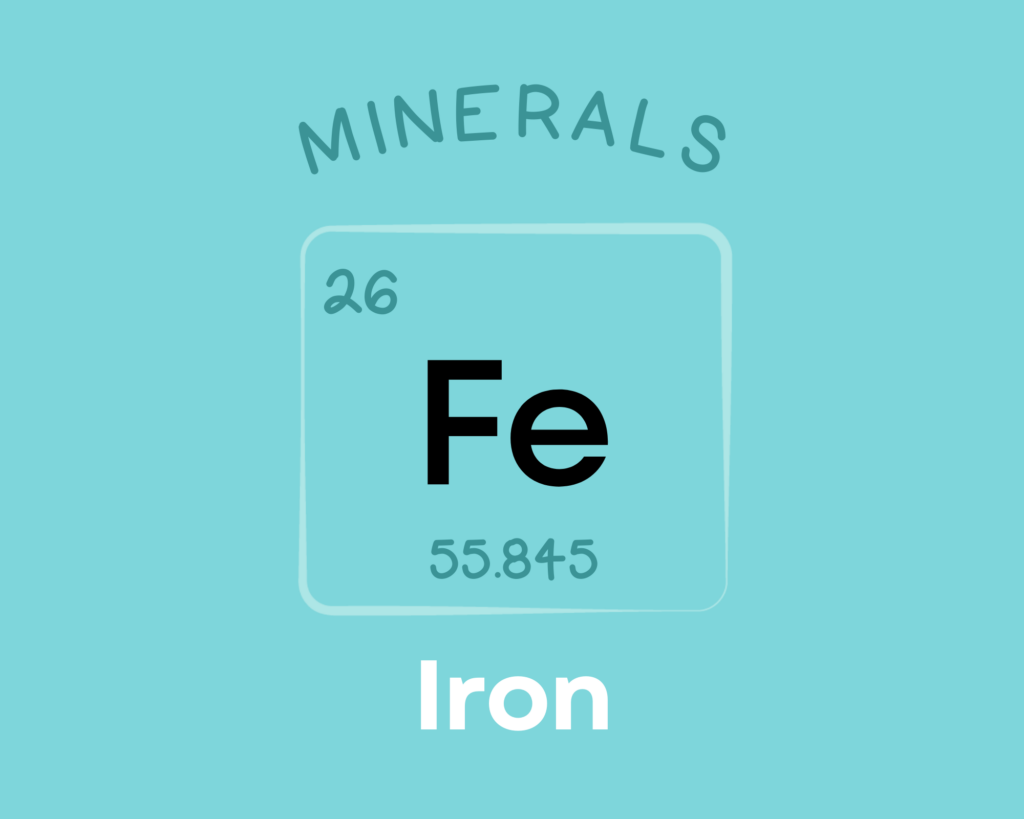
Iron is a mineral required for the metabolism of all living organisms. It’s needed for the function of numerous iron-dependent proteins involved in electron transport, energy metabolism, oxygen transport and storage, DNA replication and repair, free radical scavenging, and oxidative processes. It plays an important role in reproductive health, gestation, immunity, and central nervous system development. Learn more about iron here.
Chicken Liver Provides 1.1 mg of Ergothioneine
Chicken liver is an excellent source of ergothioneine, providing 1.1 mg of ergothioneine per 3.5 ounce serving!
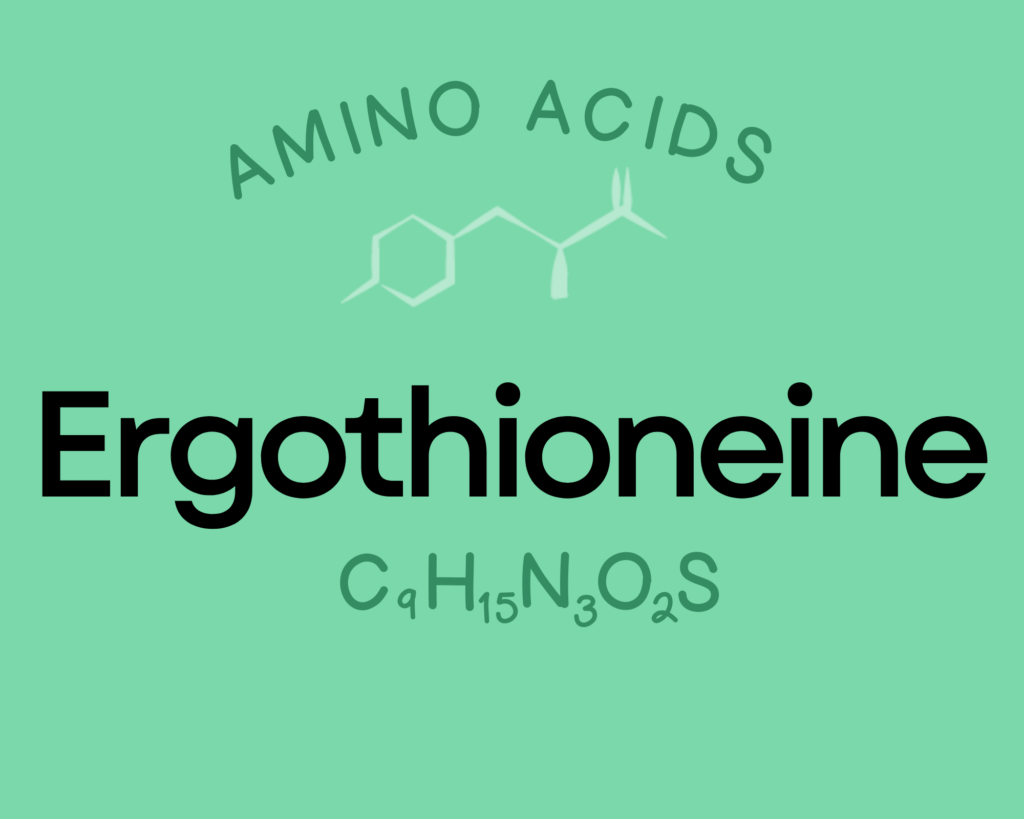
Ergothioneine is a non-proteinogenic amino acid with powerful antioxidant and anti-inflammatory properties shown to mitigate diseases associated with aging, including cardiovascular disease, cancer, liver disease, cataracts, and Alzheimer’s disease. It has been shown to enhance memory, reduce risk of depression, reduce neuroinflammation, and improve sleep. There’s evidence for a role in fetal development, female fertility, and it reduces risk of preeclampsia. Ergothioneine has even been called the “longevity vitamin” since studies show that it reduces all-cause mortality and is associated with longer lifespan. Learn more here.
Chicken Liver Provides 169.6 mg of Taurine
Chicken liver is also an excellent source of taurine, providing 169.6 mg of taurine per 3.5 ounce serving!

Taurine is a non-proteinogenic amino sulfonic acid that supports neurological development, serves as a major component of bile (which helps to digest fats), and plays a role in water and mineral regulation within the blood (including through membrane stabilization and calcium signaling). Taurine also regulates the immune system and serves as an important antioxidant, and it plays a role in cardiovascular function and the development of skeletal muscle.
Chicken Liver Provides 35% DV Choline
Chicken liver also provides a significant amount of choline – 35% of the daily value per 3.5 ounce serving!
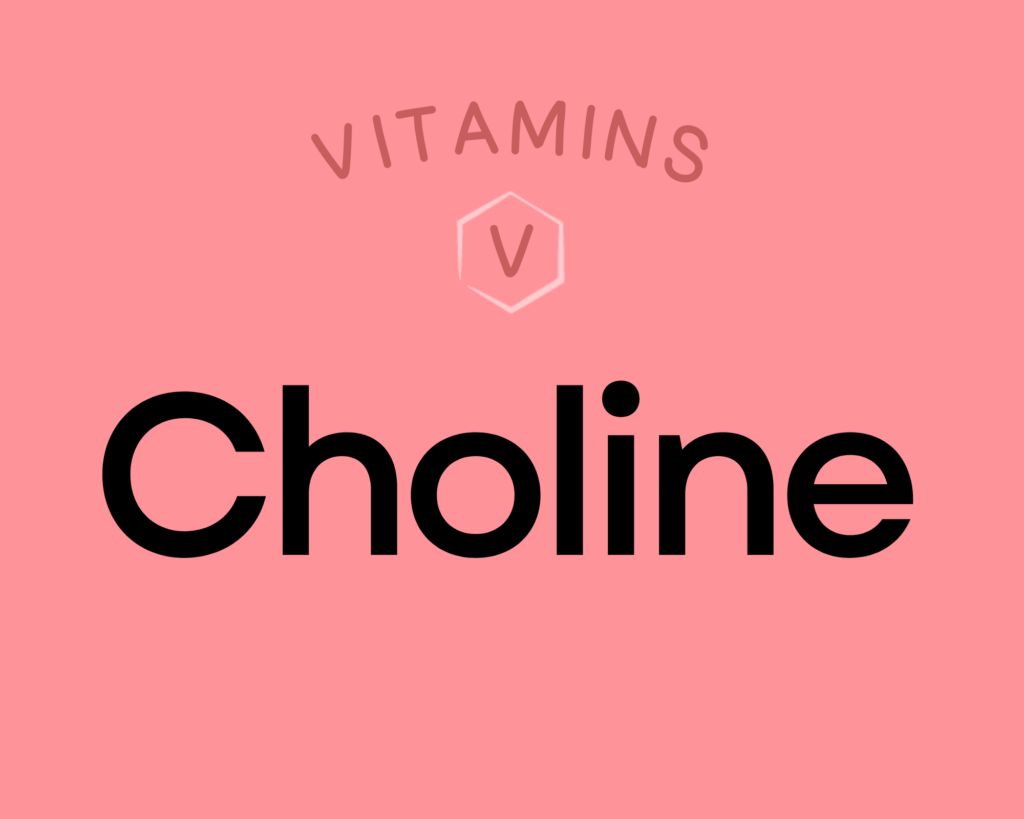
Choline is often grouped together with B-complex vitamins, and sometimes referred to as vitamin B4. It plays an essential role in building cell membranes. Choline also serves as the backbone for a neurotransmitter called acetylcholine, which is involved in heart health, gut motility (the movement of contents through the digestive tract controlled by the coordinated contraction and relaxation of specialized gut muscle tissue), and muscle movement. Adequate intake during pregnancy can help reduce risk of neural tube defects.
Chicken Liver Provides 16.9 g of Protein
Chicken liver is an excellent source of protein, containing 16.9 grams of protein per 3.5 ounce (100 gram) serving!
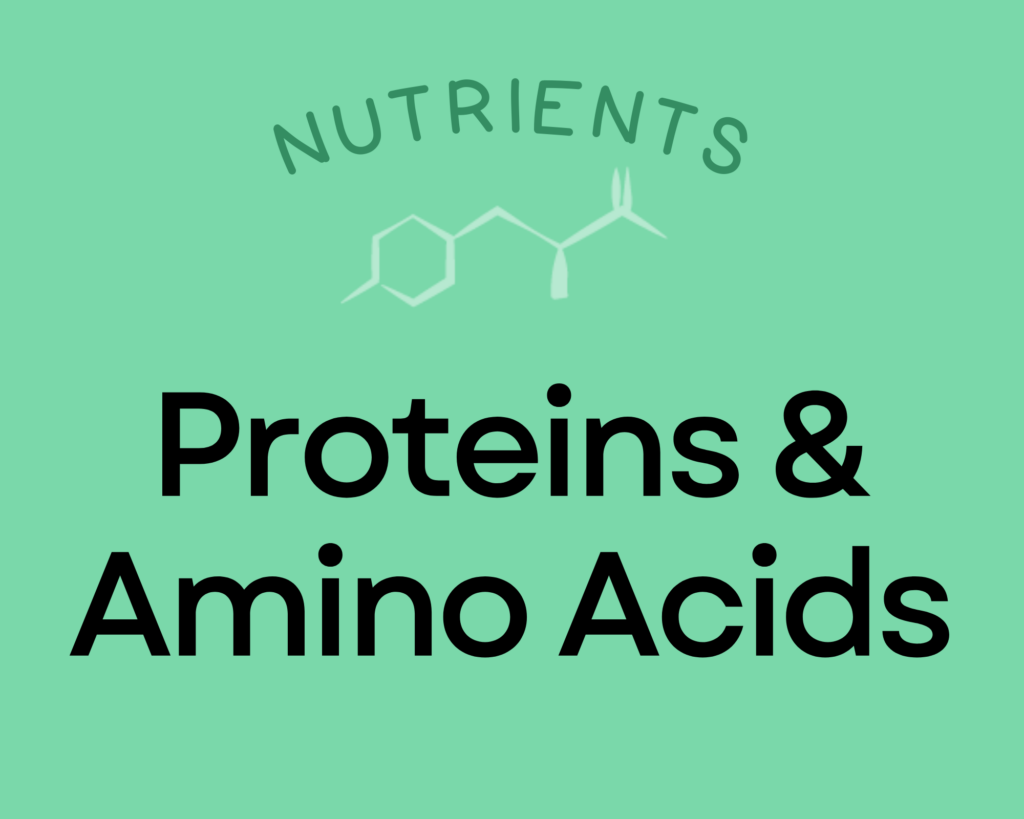
Proteins are the molecules that actually perform most of the various functions of life. In addition to being major structural components of cells and tissues, they have incredibly diverse roles from driving chemical reactions (e.g., enzymes) to signaling (e.g., some types of hormones) to transporting and storing nutrients. Dietary protein is necessary to supply the amino acid building blocks for all of the proteins in our bodies. The recommended daily allowance of protein is 0.36 grams per pound body weight (0.8 grams per kilogram of body weight). That amounts to 56 grams for a 150-pound person. However, it’s important to emphasize that this number is considered a minimum daily allotment, and there is no established upper limit. In fact, many studies have evaluated diets containing three to four times more protein than this minimum and proven benefits to weight management, body composition, hormone regulation, and cardiovascular health. These studies suggest that an optimal protein intake for most people is probably in the range of 1.2 to 1.8 grams per kilogram bodyweight (82 to 122 grams for that same 150-pound person), and that people who are very active may see the best results at even higher intake. Learn more about protein and amino acids here.
Chicken Liver Provides 25% DV Vitamin B1 (Thiamin)
Chicken liver is also an excellent source of vitamin B1 (thiamin), providing 25% of the daily value per 3.5 ounce serving!
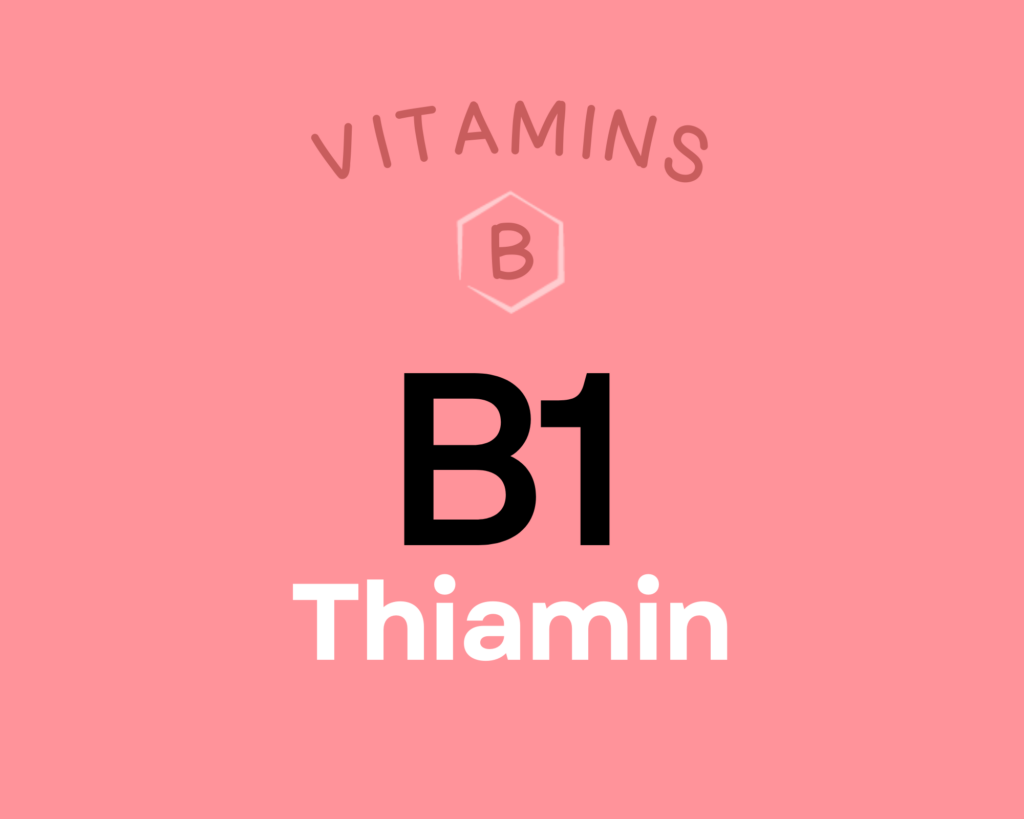
Thiamin (sometimes spelled thiamine, and also called vitamin B1) is a water-soluble vitamin. In its active form of thiamin pyrophosphate, it serves as a cofactor for a variety of enzymes involved in carbohydrate and amino acid metabolism, RNA and DNA production, and generating energy for the Krebs cycle. Research suggests vitamin B1 could help prevent blood sugar and insulin increases in people with disordered glucose metabolism, reduce the risk of cataracts, and improve health and mortality outcomes in patients with sepsis. Because aggressive tumors have high thiamin demands, it’s uncertain whether supplementing with thiamin while having cancer is beneficial due to preventing deficiency, or harmful due to providing more fuel for tumor growth. Insufficient thiamin may increase the risk of Alzheimer’s disease, and when chronic, leads to a deficiency disease called beriberi. Learn more about vitamin B1 here.
Chicken Liver Provides 24% DV Zinc
Chicken liver is an excellent source of zinc, providing 24% of the daily value per 3.5 ounce serving!
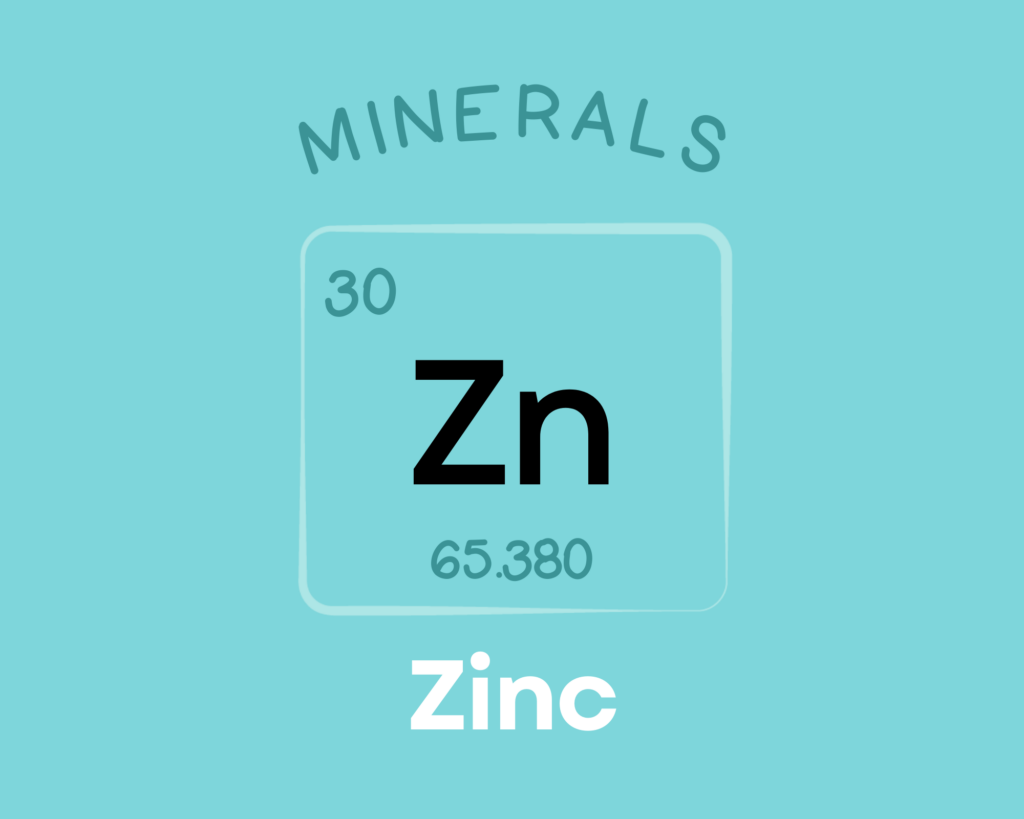
Zinc is an essential trace mineral that serves as a cofactor for over 300 enzymes and 1000 transcription factors, giving it important roles in immune function, sensory organ function, reproduction, gene regulation, DNA synthesis, wound healing, and the metabolism and activity of multiple other nutrients. Research shows it can reduce the duration of the common cold when taken shortly after the onset of illness, and can also benefit immune health in the elderly and among HIV/AIDS patients. Some studies also suggest a protective role of zinc in neurological conditions like Alzheimer’s disease and depression. Learn more about zinc here.
Chicken Liver Provides 24% DV Phosphorus
Chicken liver is also an excellent source of phosphorus, providing 24% of the daily value per 3.5 ounce serving!
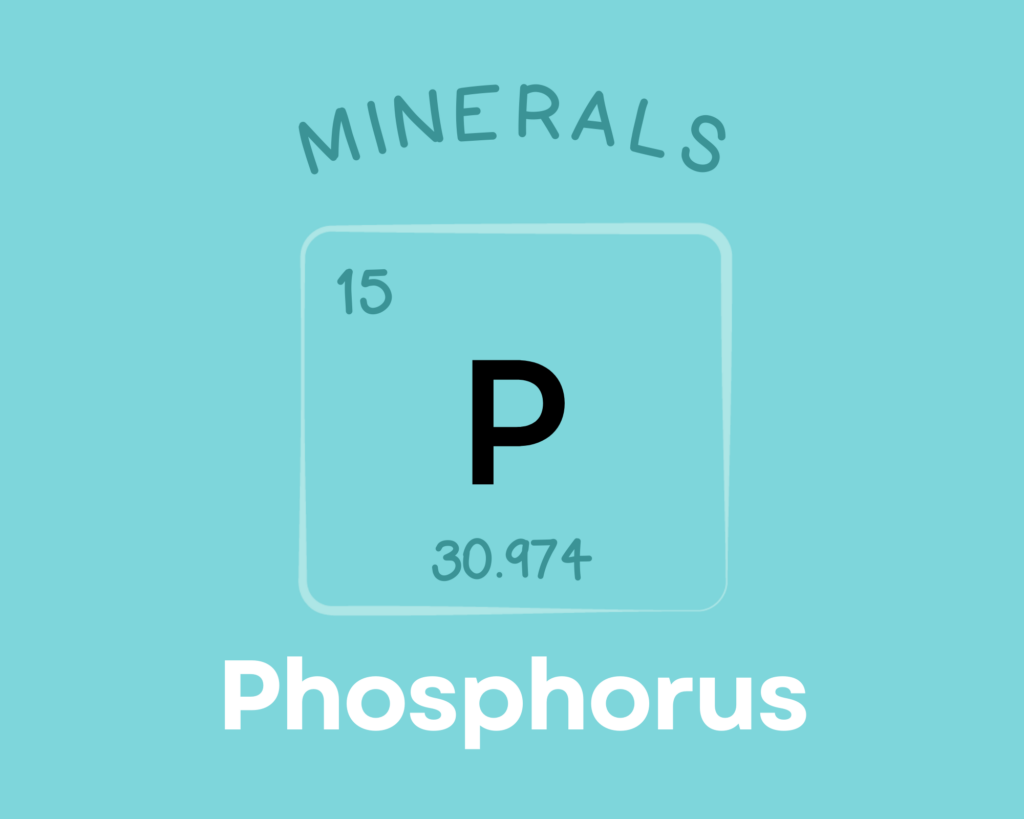
Phosphorus is an essential mineral that makes up about 1% of the total weight of the human body. Along with serving an important structural role for building nucleic acids and cell membranes, phosphorus is involved in numerous biological processes—including acid-base regulation, energy production, cell signaling, and bone mineralization. Excess phosphorus has been linked to a higher risk of cardiovascular disease, fractures, and osteoporosis, especially in the context of a low-calcium diet. Learn more about phosphorus here.
Chicken Liver Provides 20% DV Vitamin C
Chicken liver is an excellent source of vitamin C, providing 20% of the daily value per 3.5 ounce serving!
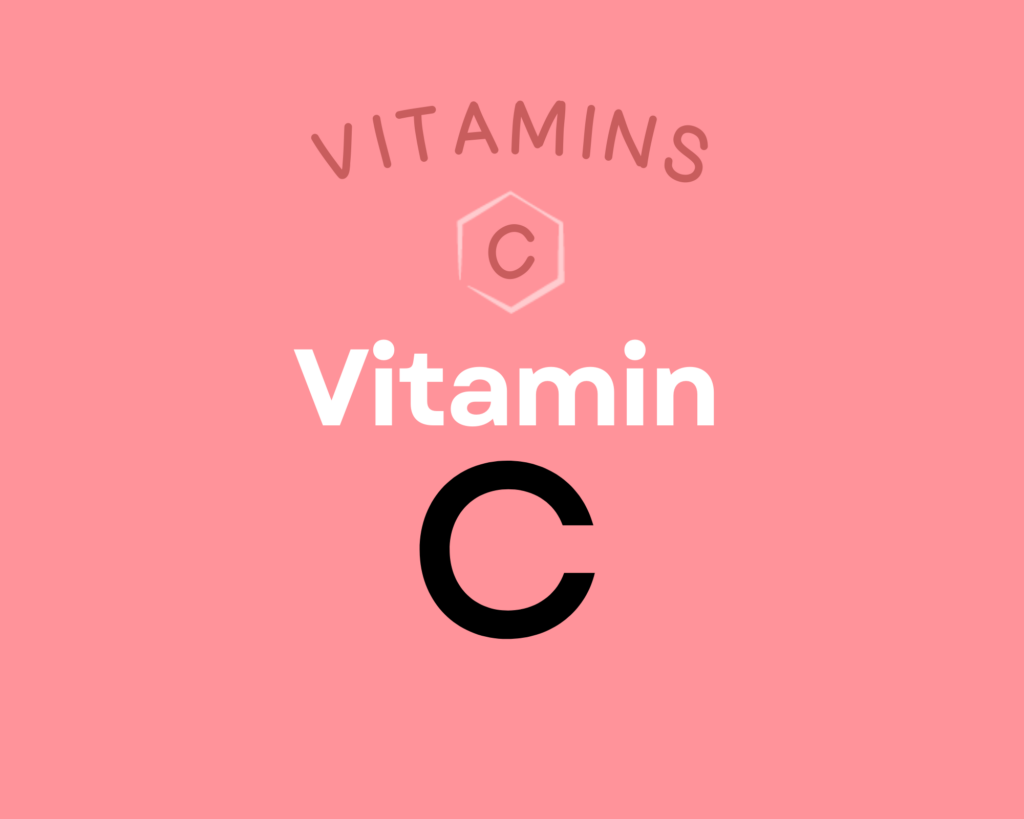
Vitamin C is a water-soluble vitamin that has powerful antioxidant properties (meaning it can help combat oxidative damage from free radicals and reactive oxygen species) and that serves as an enzyme cofactor (meaning it’s needed for enzymes to do their job, for example vitamin C is necessary for collagen synthesis, which is essential for bones, joints, teeth, blood vessels, skin and eyes) and playing important roles in immune system and skin health. Higher intakes of vitamin C are linked to reduced risk of heart disease, some forms of cancer, type 2 diabetes, cataracts, age-related macular degeneration, and gout. Vitamin C can also help regulate the stress response and reduce anxiety, and there’s preliminary evidence that it may also help prevent Alzheimer’s disease. Learn more about vitamin C here.
Want to know the top 500 most nutrient-dense foods?
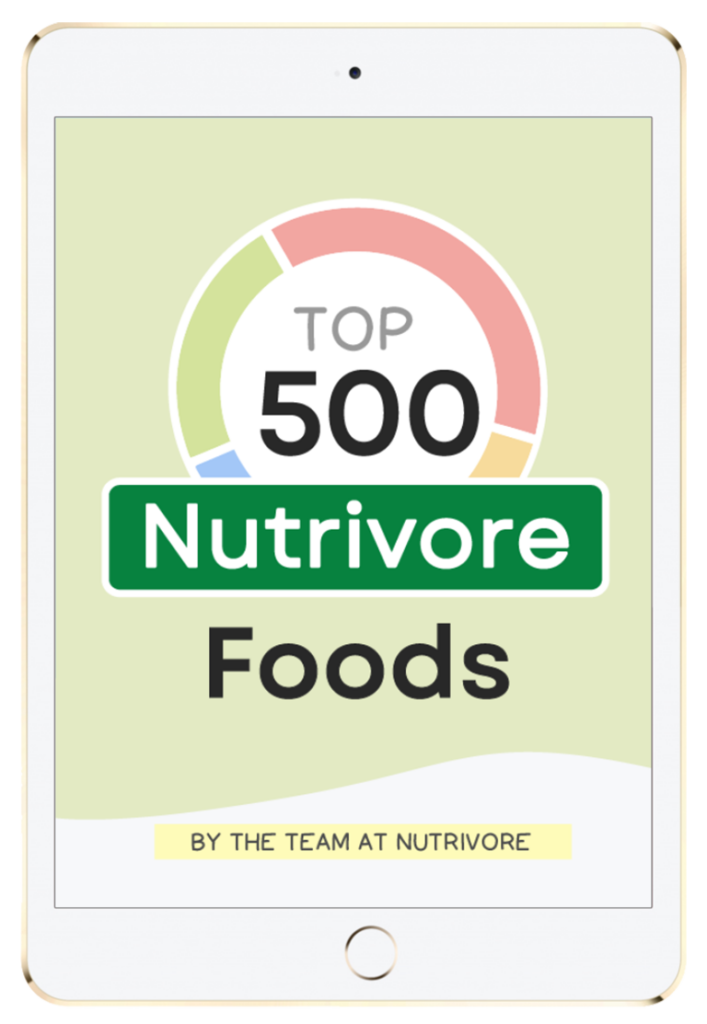
Top 500 Nutrivore Foods
The Top 500 Nutrivore Foods e-book is an amazing reference deck of the top 500 most nutrient-dense foods according to their Nutrivore Score. Think of it as the go-to resource for a super-nerd, to learn more and better understand which foods stand out, and why!
If you are looking for a quick-reference guide to help enhance your diet with nutrients, and dive into the details of your favorite foods, this book is your one-stop-shop!
Buy now for instant digital access.
How Much Chicken Liver Should We Eat Per Day?
Offal, including organ meat such as chicken liver, is a great source of protein, which is just part of the reason it is considered one of the most nutritionally valuable foods on the planet. In fact, offal is one of the most concentrated sources of just about every nutrient out there, including important vitamins, minerals, healthy fats, amino acids, and protein.
Proteins are the molecules that perform most of the various functions of life which is why protein deficiency is detrimental to all of the body’s organs and systems, including impacting function of the brain (especially in infants and young children), immune system, gut barrier, and kidneys. Dietary protein is necessary to supply the amino acid building blocks for all of the proteins in our bodies. Physical signs of protein deficiency include edema (swelling), poor musculature, dull skin, thin and fragile hair, and failure to thrive in infants and children.
The Accepted Macronutrient Distribution Ranges (AMDR) were established by the Food and Nutrition Board of the Institute of Medicine using evidence from interventional trials with support of epidemiological evidence that suggest a role in the prevention or increased risk of chronic diseases, and based on ensuring sufficient intake of essential nutrients. The AMDR for protein is 10% to 35% calories from protein.
The recommended daily allowance of protein is 0.36 grams per pound body weight (0.8 grams per kilogram of body weight). That amounts to 56 grams for a 150-pound person. However, it’s important to emphasize that this number is considered a minimum daily allotment, and there is no established upper limit. In fact, many studies have evaluated diets containing three to four times more protein than this minimum and proven benefits to weight management, body composition, hormone regulation, and cardiovascular health. These studies suggest that an optimal protein intake for most people is probably in the range of 1.2 to 1.8 grams per kilogram bodyweight (82 to 122 grams for that same 150-pound person), and that people who are very active may see the best results at even higher intake. Learn more about protein here.
Easily track your servings of Nutrivore Foundational Foods!

The Nutrivore Weekly Serving Matrix
The Nutrivore Weekly Serving Matrix digital resource is an easy-to-use and flexible weekly checklist designed to help you maximize nutrient-density and meet serving suggestions of Nutrivore foundational foods, all without having to weigh or measure your foods!
Includes a 22-page instructional guide and downloadable interactive guides.
Buy now for instant digital access.
Citations
Expand to see all scientific references for this article.
Chin SF, Liu W, Storkson J, Ha Y, Pariza M. Dietary sources of conjugated dienoic isomers of linoleic acid, a newly recognized class of anticarcinogens. Journal of Food Composition and Analysis. 1992 Sept(5):185-197. DOI:10.1016/0889-1575(92)90037-K
Clements RS Jr, Darnell B. Myo-inositol content of common foods: development of a high-myo-inositol diet. Am J Clin Nutr. 1980 Sep;33(9):1954-67. doi: 10.1093/ajcn/33.9.1954. PMID: 7416064.
Ey J, Schömig E, Taubert D. Dietary sources and antioxidant effects of ergothioneine. J Agric Food Chem. 2007 Aug 8;55(16):6466-74. doi: 10.1021/jf071328f. Epub 2007 Jul 6. PMID: 17616140.
Pravst I, Zmitek K, Zmitek J. Coenzyme Q10 contents in foods and fortification strategies. Crit Rev Food Sci Nutr. 2010 Apr;50(4):269-80. doi: 10.1080/10408390902773037. PMID: 20301015.
USDA Food Central Database: Chicken, liver, all classes, raw
Watanabe T, Kioka M, Fukushima A, Morimoto M, Sawamura H. Biotin content table of select foods and biotin intake in Japanese. Int J Anal Bio-Sci. 2014. Vol 2(4):109-125.
Wójcik OP, Koenig KL, Zeleniuch-Jacquotte A, Costa M, Chen Y. The potential protective effects of taurine on coronary heart disease. Atherosclerosis. 2010 Jan;208(1):19-25. doi: 10.1016/j.atherosclerosis.2009.06.002. Epub 2009 Jun 11. PMID: 19592001; PMCID: PMC2813349.


